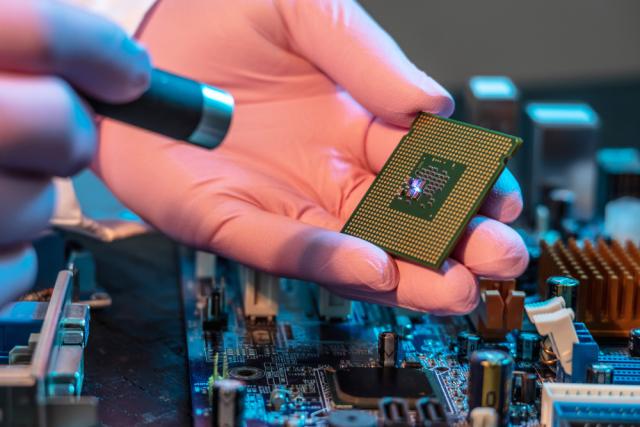
It is clear how much we have achieved in artificial intelligence and its effect on PCB design, as it influences how design engineers create and manufacture circuit boards. There are few approaches within layouts, which makes it possible for engineers to achieve precision while saving time. This also helps lower the number of mistakes made. The global PCB design software industry was valued at US$3.56 billion in 2022 and is predicted to grow at a 12.3% CAGR from 2023 to 2030. Let us have a look at how smart PCB design software is changing the industry.
AI-Driven Placement of Components
While manually placing components, time and efficiency are key factors that need constant attention. By utilizing AI technology, this step can be automated because it is able to assess the design limits and place components to maximize performance.
Performance-Driven Automated Routing
Component routing is important when it comes to the quality of signals in a circuit board and also determines how easy a board can be produced. AI-driven auto-routing allows for optimized trace paths, which greatly reduces the risk of crosstalk, impedance mismatches, and electromagnetic interference.
Automated DRC (Design Rule Checking)
Cadence's AI-driven tools provide preemptive fault detection of the designs within the DRC rule set. This technology helps in increasing productivity as it aids in preventing expensive reworks from failing, enhancing reliability, preventing errors, and providing intelligent automation systems.
Self-Healing Composition and Predictive Error Identification
With AI, design flaws are foreseen, and remedies are proposed or simply integrated with human intervention at an absolute minimum for accuracy and debugging processes.
AI-Assisted Thermal and Signal Integrity Supervision
With AI, thermal simulations and signal integrity supervisions are executed and perfected right before prototyping. This not only improves validation but also prevents the thermal problems.
Generative Programming and Design Optimization
The self-operating AI generates a pre-defined design constraint set into multiple variations of the layout so engineers do not have to intervene and pick the most optimal configuration.
Supply Chain Automation Aid and Component Amplification
AI picks components more efficiently by studying the electrical data and comparing it with real-time supply chain information to prevent procurement diffusion and cost escalation.
Supercharged Collaboration with AI-Based Assistants on the Cloud
Real-time suggestions, collaboration, and version control are ameliorated with the use of AI assistants integrated into cloud-based PCB design software. This allows different team members to work on shared projects, improving the speed of communication as well as overall project efficiency.
Automation of Documentations and File Generation
Files related to screwing and fabrication, along with relevant documentation, are generated instantly by AI with automated responses to queries. This guarantees smooth interactions with the manufacturers and diminishes production lead times.
AI’s Future in PCB Design
AI technologies are advancing quickly, as will the autonomy of PCB design. Future advances should encompass AI prototyping, debugging while scanning, and even self-repairing circuit boards.
Conclusions
The design of PCB aided by AI improves workflows, minimizes expenses, and increases dependability. With continuous AI improvement, employing intelligent PCB design software will become a necessity for the engineers who wish to be in the lead of their field.







